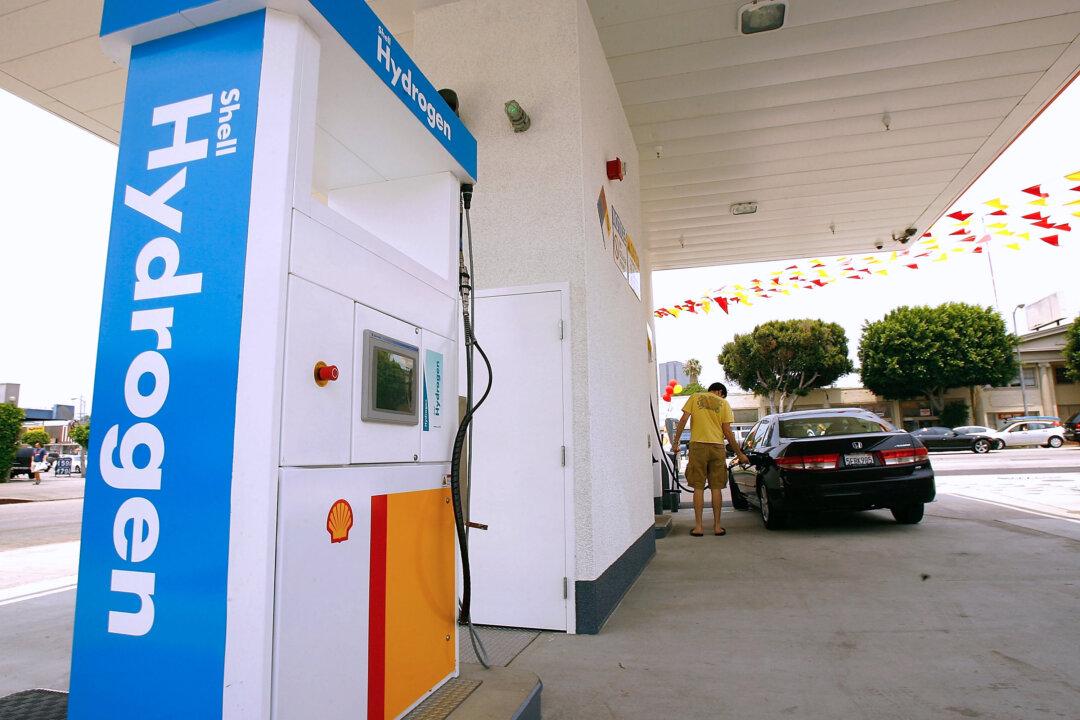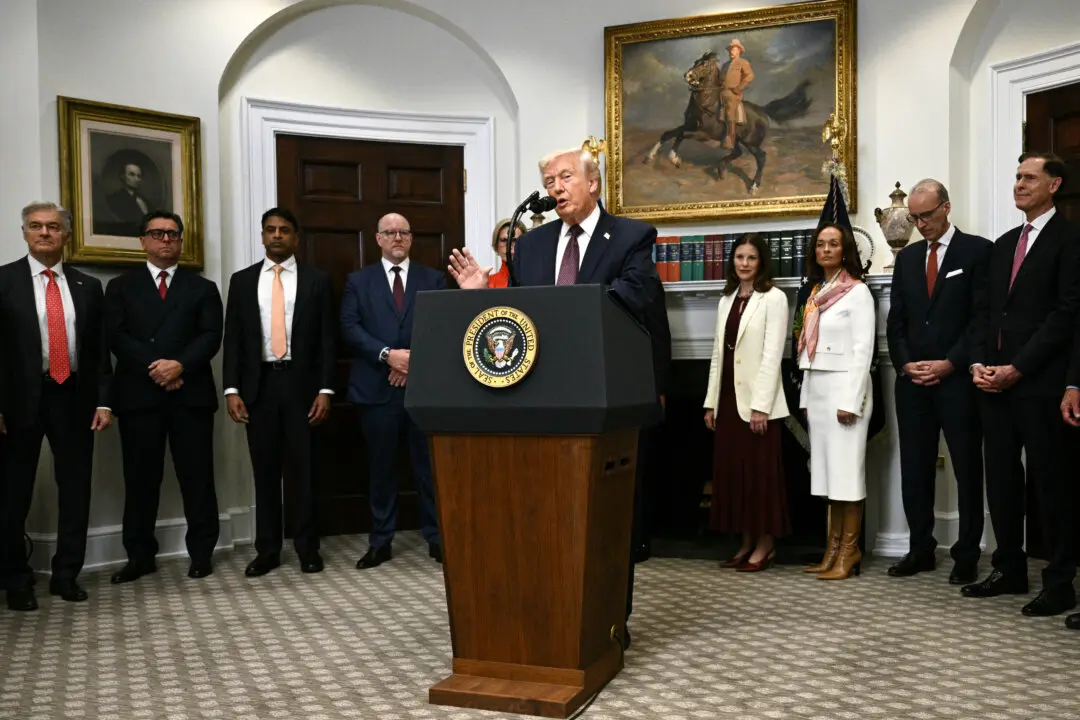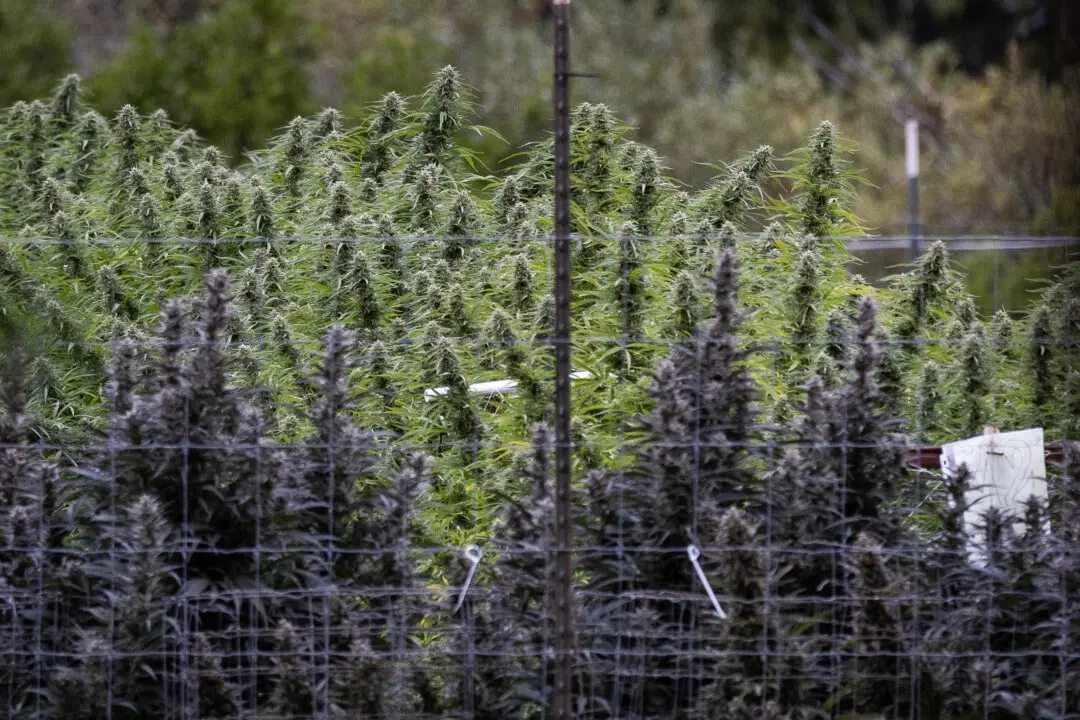The future of hydrogen-powered passenger cars—which use a fuel cell to convert hydrogen gas into electricity—in California is in question after Shell USA decided to cease offering such refueling stations in the state.
Seven of its eight car refueling stations in the state have already closed, and the company is now considering closing its Torrance, California station, a Shell spokesperson told The Epoch Times by email Feb. 14.





